Look-ahead 2015: Fly into the future and other predictions
- Published

This is a not uncommon reaction to reading the Technology of business predictions for the coming year
The tree might still be up, but I wouldn't advocate finishing off the last of the turkey unless you're keen to have a good reason to call in sick on Monday.
Never fear! Things to be cheerful about include the annual Technology of business lookahead. Grab the last of the Turkish delight and tuck in.
In the first part, our experts are predicting cyber attacks, ubiquitous drones, spooky smartphones and the continuing rise of wearable technology.
Although possibly not all in one day.
Tom Standage, digital editor, The Economist
One of the trends to watch out for in 2015 is that your smartphone will get smarter - possibly so smart that it's almost spooky, in fact.
Already, phones are getting better at predicting what information you might need, or what actions you might want it to perform.

Tom Standage: Your phone is getting spookily good at predicting what you want to do
When you're wandering around an unfamiliar city, for example, your phone might suggest nearby attractions; if traffic is bad, it might pop up an alert telling you to leave early for a dinner date; if you're late for a meeting it might offer to send a message to the other attendees.
This is called anticipatory computing or predictive intelligence. The best-known example is Google Now, but Apple, Microsoft and a host of start-ups are working on it too.
Because it depends on being able to analyse your e-mail, calendar, location and web history, not everyone will feel comfortable trading a bit of personal privacy for a little added convenience - and the occasional feeling that your phone has read your mind.
The technology is finding its way into more and more handsets, and could spread to cars, wearable devices and smart homes, provided enough people find it useful, rather than spooky.
But just how much spookiness is too much is an open question, the answer to which should become clearer in 2015.
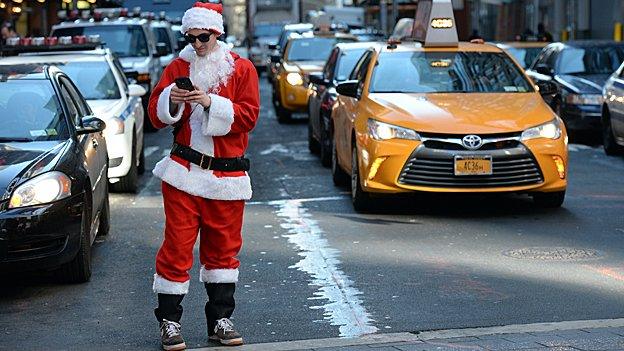
If your preferred headgear is generally fashioned from tinfoil, you're probably going to want to consider ditching your smartphone
Dave Coplin, chief envisioning officer, Microsoft
I believe 2015 will be the year that the word digital dies in our professional lives.
What do I mean by that? The idea of becoming digital has been helpful to move us from our analogue world of work, but in a realm where there are few places that technology has not touched, digital has become the working equivalent of breathing - we don't think about it, we just do it.
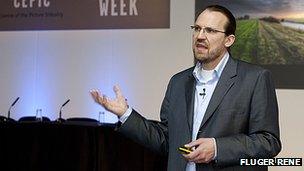
Dave Coplin: Technology should transform work
There are several growing trends that I expect will feed into this; wearables in the office, heightened online security (both personally and professionally) and algorithms that can overtake core processes, such as answering emails.
The key point is that our definition of productivity is changing and technology is at the very core of this fundamental shift.
At some point, we need to wake up to the fact that even when we use new, better technology, we are too often using it to replicate old ways of working: technology should transform what we do, not just help us work in an old way slightly more quickly.
As technology becomes more ingrained in everyone's lives, we need to realise that unless we change what we do, the hamster wheel of productivity will just keep spinning quicker and quicker and we will struggle to keep pace.
With that, my prediction (and hope) for 2015 is that we as humans will continue to evolve, enjoy and explore the incredible potential that technology offers.
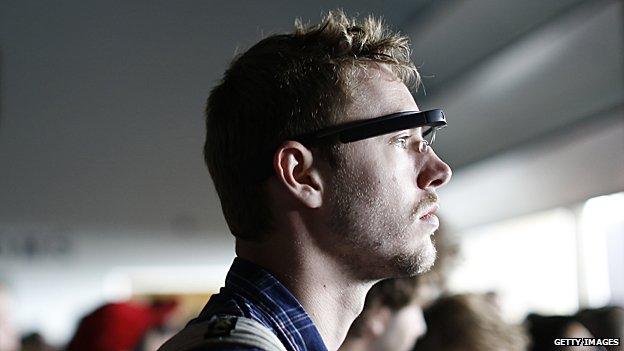
Google Glass. It might make you look a bit of a prat in the pub but the technology has real and growing applications in the workplace
Paul Lee, head of technology, media and telecommunications research, Deloitte
Drones have been prominent in news bulletins recently, with attention focused on consumer usage. But the bigger opportunity may be for businesses.
We don't think this will be for deliveries to our homes - the cost per trip is prohibitively high - but it's rather for the many tasks that require some form of aerial observation.
Drones are being used today to inspect the outsides of off-shore wind turbines. It's quicker and cheaper to send a drone up to shoot video footage, than to have someone scale up with ropes and harnesses.

Deloitte's Paul Lee
Moving onshore, domestic and commercial builders can use drones for inspection - again it saves on cost, by not having to bring ladders or erect scaffolding.
Journalists and film crews are using the machines to capture footage - exploiting the drones' small size to film in locations not accessible via helicopter.
We expect the value of the drone market will be a few hundred million pounds in 2015. But the bigger opportunity may be from service revenues.
Drones are likely to tap into and expand the £600m aerial viewing market, which is currently dominated by helicopters.
Regulators are currently working out how best to incorporate drones into existing air space.
An irresponsibly piloted semi-professional 2kg drone, whose battery expires mid-flight above a crowd, might cause injury. But a drone used for search and rescue missions could save lives.
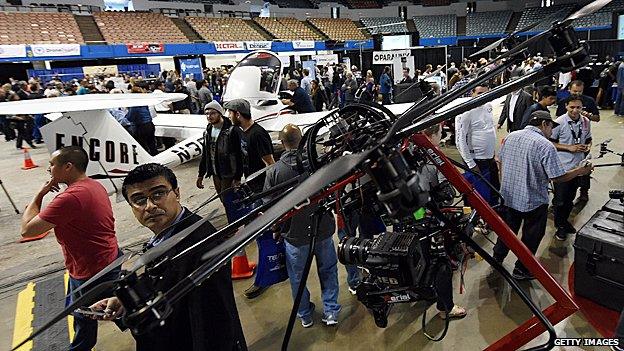
The first drone expo took place in 2014 in Los Angeles. Hunger Games style gift delivery might not be on the cards - but they're capable of watching you wherever you are
Mike Bishop, managing director, Rakuten.co.uk
Cross-border commerce will come into its own next year, as consumers are now confident shopping online.
In the past many have been put off purchasing from abroad by the high cost of delivery, potentially lengthy timescales, and a lack of international payment methods.
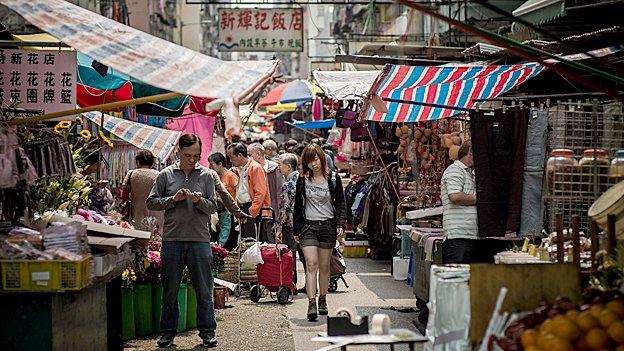
Hong Kong express: We're now more confident than ever about shopping from retailers based overseas, says Rakuten's Mike Bishop
More and more retailers will invest in cross-border logistics so they can really take advantage of the borderless internet.
In 2014 the launch of Twitter and Facebook's buy it now buttons were a really interesting development, so I'll be watching with fascination to see where this tech goes in the next 12 months.
Image sharing sites like Pinterest and Instagram are seeing fast growth so more innovation will most likely be image-led.
People share images and curate collections of things they like, so retailers have a huge opportunity to make shopping online more fun.
Your social media feed could become your own personal shopper with recommendations based on your friends' favourite products and upcoming events you're going to.

The popularity of image sharing sites like Instagram and Pinterest are opening up new opportunities for retailers
Neil Murray, co-founder, Mimecast
Internet security will become absolutely critical in 2015 as malicious individuals, organised crime and state-sponsored hacks seek out every hole and vulnerability they can find.
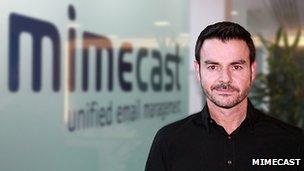
Neil Murray: Another data breach at a major retailer is "inevitable"
Everyday people will be front and centre as the target of these attacks - as criminals exploit the hyper-networked society with new phishing and social-engineering tricks that try to gain access to one or many of their social services.
Profits from crime-as-a-service will rise as expert hackers use cloud technology themselves to offer illegal services to the highest bidder, while the least competent take advantage of easy-to-use cloud crime tools.
With the growth in cloud service providers and data stored in the cloud, it is inevitable that another major retailer will suffer a large-scale security breach, potentially affecting hundreds of millions of people.
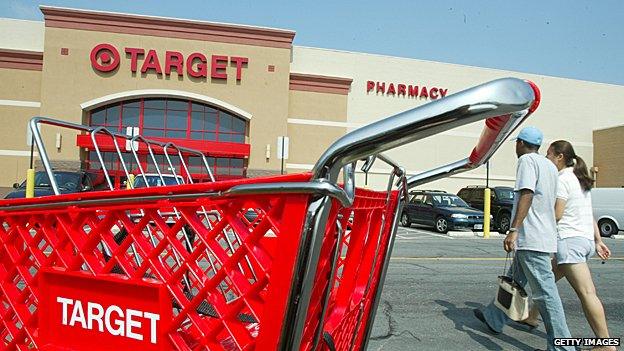
Target is just one in a growing list of retailers to fall victim to cyber criminals - putting your data at risk
Mark Darbyshire, chief technologist, SAP
Entrepreneurship and the role of small and medium-sized business in stimulating growth in the healthcare sector will continue to increase.
We expect to see the networked economy starting to drive much of this.
This is where people, places, organisations and things are linked together digitally, automating business processes, streamlining customer interactions and helping collaboration.
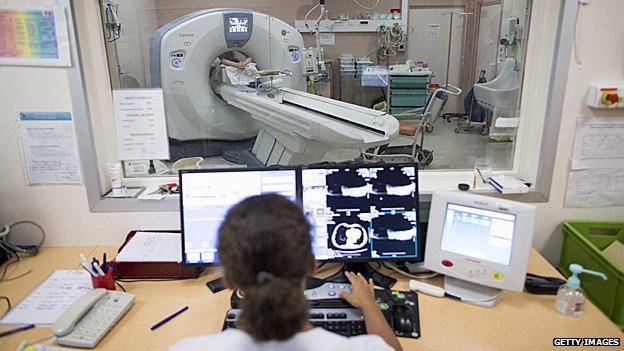
SAP's Mark Darbyshire says 2015 holds plenty of promise for start-ups and SMEs focused on healthcare
Healthcare start-ups and businesses that respond to demand for personalised care will have significant opportunities.
For example, the wearable medical device market grew by 16.4% this year, according to a Transparency Market Research report.
Other areas such as wireless communications technologies which provide secure messaging between healthcare professionals, and real-time locating services that track instruments and devices to improve use and reduce waste, will all see massive growth.
Mark Whitby, senior vice president, Seagate
2015 will be the last year where data storage capacity will be able to meet demand.
In 2013, the world generated around 3.5 zettabytes of data - enough to fill 120bn 32gb smartphones, or 600bn DVDs - but by 2020, that will be a drop in an ocean.

Mark Whitby: By the end of 2015, we will be close to producing more data than we can store
Conservative estimates put data produced in 2020 alone at 44 zettabytes, and this huge upswing means we'll be running into trouble long before then.
As 2015 draws to a close, the world will be on the precipice of producing more data than we can store.
One problem facing the storage industry is that the PMR (perpendicular magnetic recording) technology and silicon, the work-horse of the computer industry underlying today's hard drives, is starting to show its age.
While we can already squeeze enormous amounts of information into tiny areas of disk space with PMR, we're reaching the point where there's no way to increase the density of that data.
The good news is that several technologies are in development that should go some way to solving this problem, but it's unlikely they'll be able to completely close the gap between data generated and storage space.
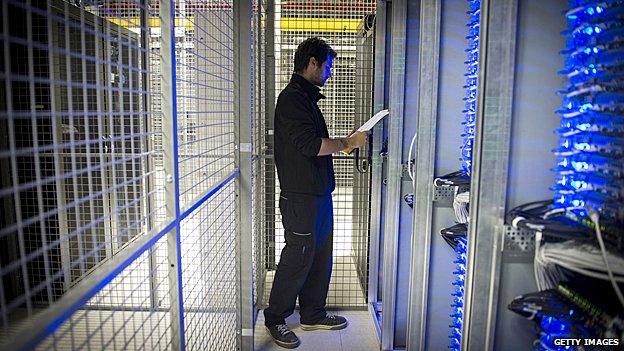
Data centres may not look like the most exciting places to be - but without them you'd be unable to store all those 'precious' pictures and videos of Mr Bitey, your cat
Simon Culmer, managing director UK & Ireland, Avaya
Consumers have become accustomed to communicating via video, and businesses are increasingly waking up to this.

Simon Culmer says online customer services will go video
This will make customer service via video more popular, and allow a better experience and deeper engagement for consumers and brands, particularly in areas like healthcare, financial services and distance learning.
I am most excited about video technologies being developed to enable remote communications like WebRTC, which lets you use video through a web or mobile browser, without the need for extra software or plug-ins.
Imagine how easy it would be if you are at an online checkout, and you have a question about delivery costs, you could just click a button and speak to a customer service rep over video without leaving the page.
Follow Fiona Graham on Twitter at @FionaGraham, external
- Published30 December 2014
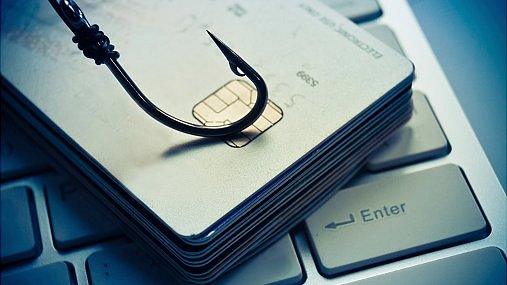
- Published26 December 2014
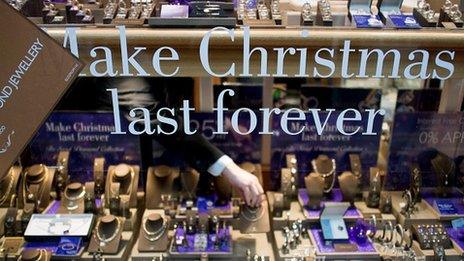
- Published18 December 2014
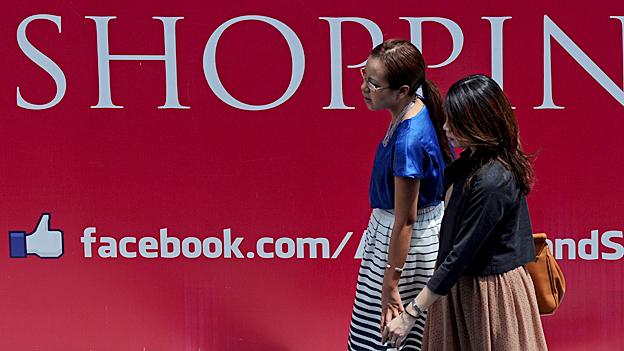
- Published16 December 2014

- Published12 December 2014

- Published9 December 2014

- Published5 December 2014

- Published2 December 2014
